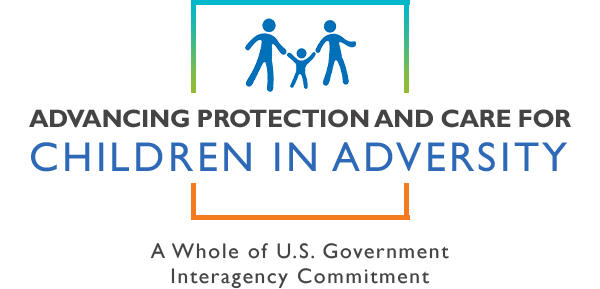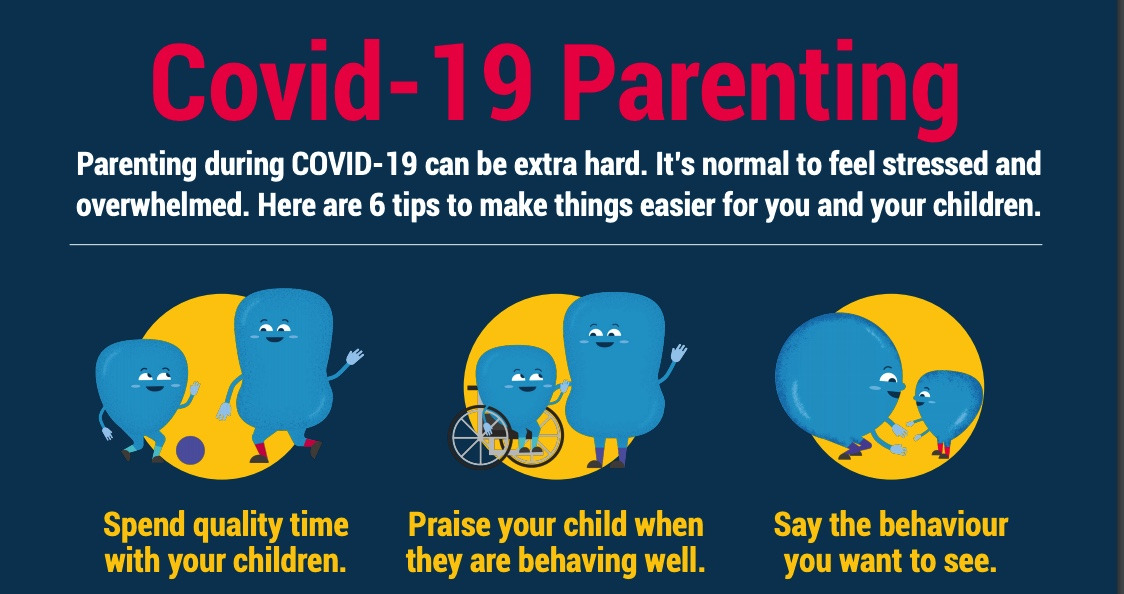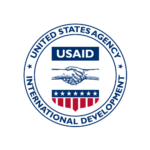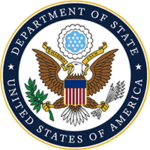Taking Stock of 2020: Unprecedented Challenges, Impactful Solutions
January 19, 2021

When COVID-19 first began to spread, child protection leaders were concerned that with 1.6 billion children in 184 countries out of school at the peak of the lockdowns, the COVID-19 pandemic would create serious risks to the safety and well-being of children. These include: increased risk of violence, child abuse, exploitation, and neglect; risk of inadequate care; and risk of psychosocial distress and trauma, with lifelong effects. Evidence from past crises shows that child abuse is more difficult to detect when teachers, social workers, health care providers, relatives, and neighbors have diminished engagement with children during shelter-in-place orders.
In response to the pandemic, the U.S. Government’s Advancing Protection and Care for Children in Adversity (APCCA) Interagency Partners brought their collective experience to the fore, demonstrating a whole-of-government commitment to strengthening families. Throughout the year, they partnered with several countries and initiatives to intensify efforts around child protection, including:
- Launching a virtual Center of Excellence for Education Distance Learning in Crisis, making open-source distance learning materials available to partner governments and local education providers;
- Supporting the adaptation of USAID-funded teaching and learning materials for radio and television instruction to sustain learning in the home in the Republic of Lebanon, the Democratic Republic of the Congo, and the Republic of Rwanda.
- Developing guiding principles and recommendations for nutrition in the context of COVID-19, which were disseminated to USAID missions and operating units and externally through various e-mail, website, and public events;
- More details about these and additional initiatives will be outlined in the upcoming APCCA Annual Report to Congress.
One of the most noteworthy achievements during 2020 was the development and distribution of an interactive, colorful, and engaging set of parenting tips.
The guide, entitled, Parenting in the Time of COVID-19, has been translated into more than 114 languages to date. The idea for the guide originated with Dr. Lucie Cluver, a professor of child and family social work at Oxford University, among others.
“Dr. Cluver was lying in bed one night in London worrying about all the children out of school and feeling urgency to help them,” recounted CDC senior advisor and infectious disease expert Dr. Susan Hillis, a contributor to the guide. “On the other side of the ocean, I was doing the same thing.” Dr. Cluver proceeded to work on adapting the Parenting for Lifelong Health program that protects children from violence into a digital platform.
“The idea was to advance evidence-based parenting approaches for protecting children from violence using a delivery method that works during lockdowns – cell phones.”
— Dr. Hillis

After receiving parenting tips at the Palan project seeds distribution, Vavuniya. Photo Credit: Staff of Alliance Development Trust
Dr. Cluver initiated collaboration with many partners, which included the U.S. Department of Health and Human Services’ Centers for Disease Control and Prevention (CDC) as well as members of the APCCA team, who assisted in drafting the Parenting Tips. Dr. Hillis led the CDC’s contributions.
One of the greatest challenges of the project was to make them applicable in multiple cultural contexts and, given the urgency of the situation, to disseminate them quickly and globally. That is where WWO’s contribution came to light. We spoke with Phil Green, one of the organization’s leaders, about that process, which he outlined in the accompanying interview.

The joint effort to develop the Parenting Tips has proven successful beyond expectation with measurable impacts seen in:
- Improved relationships between children and parents;
- Parents’ monitoring of their child’s online activity;
- Parents’ engagement in their child’s learning;
- COVID-19 safety awareness;
- Emotional support for vulnerable families; and
- Community-based organizations assisting vulnerable families in coping with the challenges of the COVID-19 pandemic.
Most of us were relieved to say goodbye to 2020. The year forced us to adapt our work at home and abroad to the complexities of protecting children from a life-threatening global pandemic. But the result of efforts, such as those outlined here, is a powerful testament to the commitment the U.S. Government and our partners have made to providing children and their families with the tools to find peace and stability, even in the most challenging of times.
